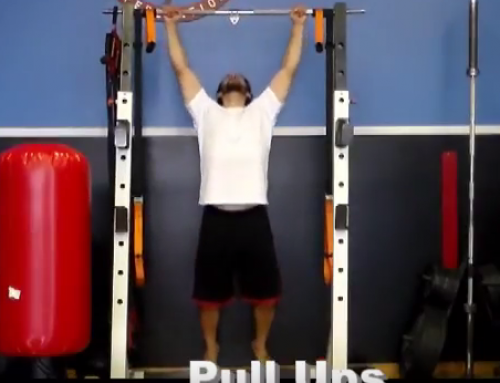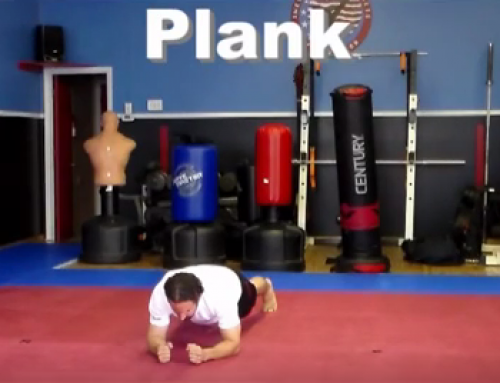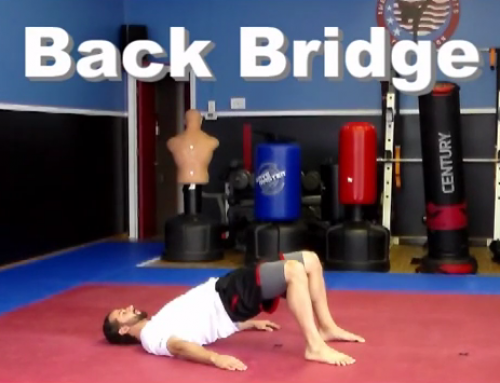Many of us have had injuries in the past that have required wearing braces for our knees, ankles, elbows, etc. However, I continually see them misused or overused. I see many people in the gym lifting while wearing these braces, but this can potentially lead to further injury. Exercise and weight training is done to strengthen the body and joints, but when a brace is worn the joint no longer uses the surrounding muscles to stabilize but instead relies on the brace to do so. This will lead to prolonged recovery due to lack of joint strength and can lead to a false sense of strength.
If the joint is too weak to perform the exercise without a brace, then either lower the resistance or avoid the exercise all together until it has recovered enough to ease back into the exercise. So is there a time in which wearing a brace is a good idea? Yes, when a joint lacks stability such as after injury or surgery. In this case, the brace is meant to help prevent movement or stabilize if movement is unavoidable. Another reason to use a brace is when performance is needed, such as sports or other physical competitions.
So what about those weight lifting belts? Should they not be used either? For the average weight lifter, the answer is no, they should not be used. Much like a knee or ankle brace, this can lead to potential injury. Not only can a weight belt lead to back injuries, but it will also negate abdominal and core muscles from strengthening properly. One of the greatest benefits of lifting free weights is the great core workout you get from stabilizing the body during exercise.
Another dangerous aspect is that weight belts should be worn extremely tight to be fully effective, and if it is worn this way for too long it can lead to high blood pressure while lifting. Weight belts are used primarily for performance and should really only be used for competitors. However, a weight belt used early on while learning a squatting or dead lifting technique can be beneficial to help a novice “feel” if their back is in proper position. Once the technique is perfected, however, the belt should not be used.







Leave A Comment